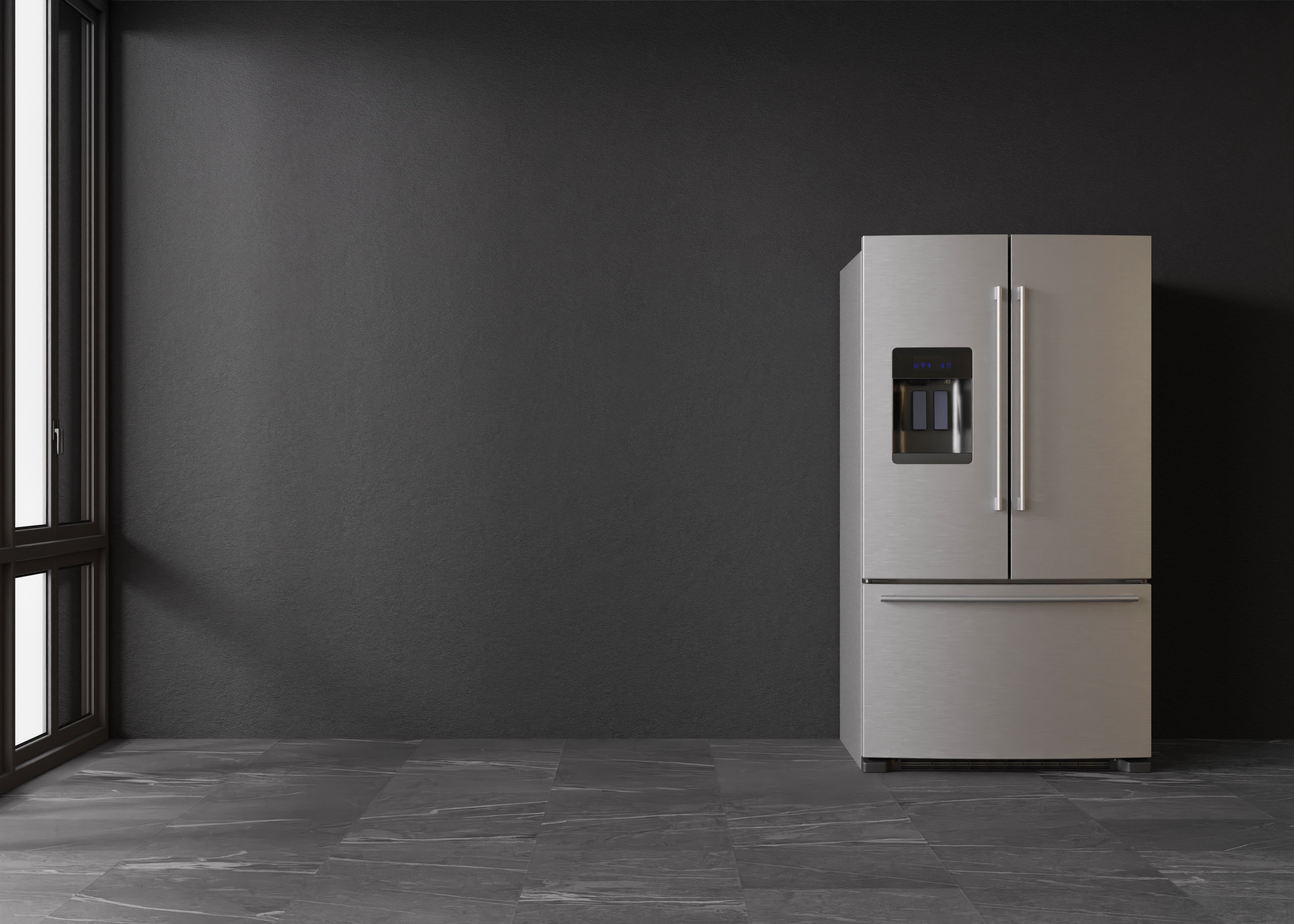A Relevant Rant About Fridge UK

The Comprehensive Guide to Refrigerators in the UK
Fridges are a vital home appliance in every household, serving a vital function in food conservation and security. The UK market uses a diverse variety of fridge types, sizes, functions, and brands. This short article intends to provide an in-depth understanding of fridges offered in the UK, including their features, energy effectiveness, and aspects to consider when buying.
Types of Refrigerators Available in the UK
When searching for a refrigerator, it is essential to understand the numerous types available. Each type includes its own set of functions and functions, dealing with various requirements and preferences. The most typical kinds of refrigerators found in the UK consist of:
1. Top Freezer Refrigerators
- Description: The standard style, including the freezer compartment on top.
- Pros: More economical, roomy, easy access to fresh food.
- Cons: Limited freezer area, the top might be less hassle-free for bulk items.
2. Bottom Freezer Refrigerators
- Description: Freezer lies at the bottom, permitting easier access to fresh food.
- Pros: Greater benefit, much better presence of fresh products.
- Cons: Usually more expensive, some may have problem with large frozen items.
3. Side-by-Side Refrigerators
- Description: Features 2 vertical compartments, one for the fridge and one for the freezer.
- Pros: Ample storage space, simple to access both frozen and fresh foods.
- Cons: Wider footprint, they might not fit in smaller cooking areas.
4. French Door Refrigerators
- Description: Combines features of bottom freezers and side-by-sides, with two doors for the fridge on top.
- Pros: Stylish design, roomy, and often includes advanced functions.
- Cons: Higher rate point, lines up badly with smaller cooking area layouts.
5. Compact Refrigerators
- Description: Smaller models developed for restricted areas.
- Pros: Ideal for little houses or workplaces, energy-efficient.
- Cons: Limited storage capability, may lack features.
6. Integrated Refrigerators
- Description: Designed to blend perfectly with kitchen cabinets.
- Pros: Custom fit, visual appeal, increases home worth.
- Cons: Higher expense, might provide less flexibility in positioning.
7. Smart Refrigerators
- Description: Equipped with Wi-Fi and smart innovation functions.
- Pros: Advanced includes like touch screens and internal cams.
- Cons: Expensive, more complicated to repair.
| Refrigerator Type | Accessibility | Average Price Range | Energy Efficiency |
|---|---|---|---|
| Leading Freezer | Moderate | ₤ 300 - ₤ 600 | Average |
| Bottom Freezer | High | ₤ 400 - ₤ 800 | Above Average |
| Side-by-Side | Easy | ₤ 800 - ₤ 1500 | Differs |
| French Door | High | ₤ 800 - ₤ 2000 | High |
| Compact | Minimal | ₤ 200 - ₤ 500 | Typical |
| Integrated | Customized | ₤ 1000 - ₤ 2500 | High |
| Smart | Variable | ₤ 1200+ | High |
Key Features to Consider
- Energy Efficiency: Look for models that are energy-efficient. In the UK, appliances are ranked from A (most efficient) to G (least effective). An A+ rating and above can result in substantial energy savings.
- Capacity: Choose a fridge with adequate capability for your household. A standard guideline is 100-200 liters per individual.
- Noise Level: Consider designs that operate silently, particularly if the kitchen area is near living spaces.
- Cooling Technology: Features like frost-free technology deserve the financial investment, as they minimize maintenance.
- Adjustable Shelves: Having adjustable racks enhances the versatility to store larger items.
- Temperature level Control: Check for easy-to-use temperature level controls and zones for various kinds of food.
- Design: Choose the design and color that matches your kitchen aesthetic, whether you prefer a modern-day stainless-steel look or a classic retro surface.
Purchasing Tips
- Identify Your Needs: Consider your cooking practices, family size, and kitchen area space.
- Set a Budget: Refrigerators come in various price varieties. Establish a budget before you begin going shopping.
- Research Energy Ratings: Invest in energy-efficient designs to save money on utility costs.
- Read Reviews: User experiences can offer insights into dependability and efficiency.
- Compare Brands: Some brands are known for their resilience while others might offer more innovative functions.
Regularly Asked Questions (FAQs)
1. How long do fridges usually last?
- Refrigerators typically last between 10 to 20 years, depending upon the brand name and how well they are kept.
2. Are there any maintenance suggestions for extending the life of a refrigerator?
- Routinely tidy the coils, inspect the door seals, and periodically thaw if required to keep optimum efficiency.
3. What is Refrigerator Sale for a household of four?
- For a family of four, a refrigerator with a capacity of around 400-600 liters is typically enough.
4. Do I require to fret about energy intake when buying a refrigerator?
- Yes, energy usage is essential. Try to find systems with high energy performance rankings to reduce month-to-month expenses.
5. Should I pick a fridge with a water and ice dispenser?
- This function can be convenient, particularly for households. However, it might require more maintenance than standard designs.
Buying a refrigerator is a significant decision for any home in the UK. With numerous types readily available, each with its unique features and advantages, it is essential to assess specific needs before deciding. By thinking about factors such as energy effectiveness, capability, and style looks, customers can choose a fridge that aligns well with their lifestyle, ultimately enhancing their kitchen area experience while safeguarding food quality and freshness.

